Strength Training Tips
These are the strength training secrets the strongest men in the world keep!
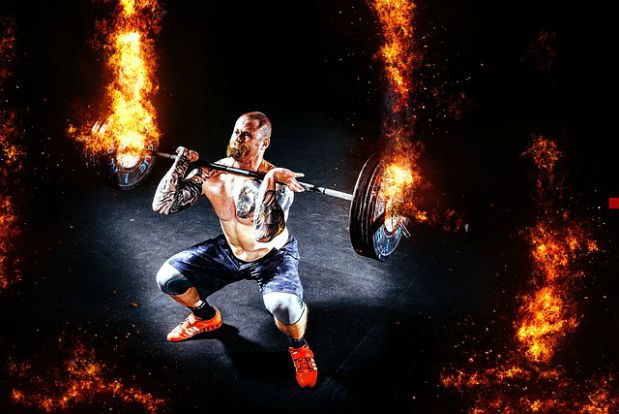
By TRAVIS WADE
I first got interested in strength training about fifteen years ago. The gym was still full of people who were into bodybuilding or athletes. I admired the heavy lifters in the gym because they weren’t all show. So this is the story of how I became one of the strongest guys in the gym.
When I decided to start strength training, I hired a strong personal trainer because only a strong personal trainer knows how to strengthen properly. I learned a lot of strength training tips from him and I worked hard.
At the same time, I read a book called “The Naked Warrior.” Pavel Tsatsouline explained the different aspects of strength training in that book. I also read many articles on strength training and learned a lot from my own experiences. In the years to come, I hired many personal trainers and read books on the subject. However, at the time, it took me about 4 months to become one of the strongest guys at the gym.
We did a powerlifting routine and I learned how to put a program together. After that, I hired a few other strength training coaches and they helped me with a few more powerlifting concepts. I learned a lot of tips that instantly increase strength and mastering these techniques while you strength train will improve your lifts too.
I think Mr. Miyagi from “The Karate Kid” said, “All strength comes from learning to use the power from within.” Karate people are like that. Here are a few tips expanding on what I think he was trying to explain.
Pushing
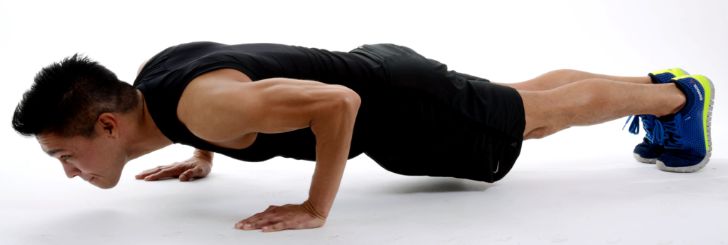
One of the first exercises I ever did when I was a kid was the push-up. I didn’t have equipment in my room so I did sit-ups and push-ups. Grip the floor during a push-up. When pushing, twist the hands out. Feel it in the shoulders.
Unilateral Strength Training
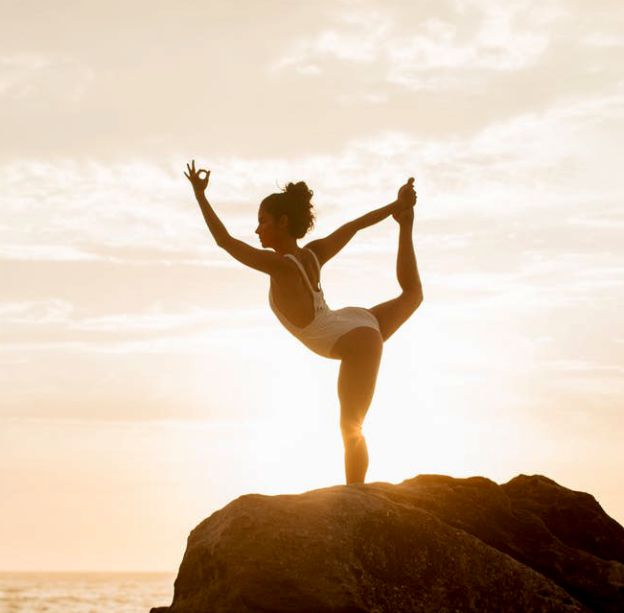
I got into unilateral (one-sided) exercises for a while because they are great for the core. You always have to stabilize with your core when you do unilateral exercises. Grip your free hand during a unilateral strength training exercise. I still use unilateral exercises on a regular basis for the same reason; they are great for stability of the core and other accessory muscles that stabilize.
Your Feet During Strength Training
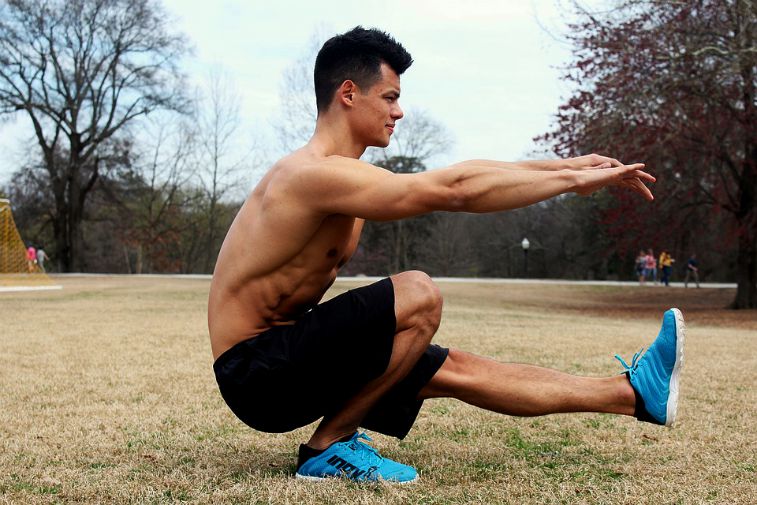
When I first started strength training, my first focus was the squat. I thought squats were the true test of strength and I still believe that. Squats are known as “the king of all exercises.” They seem to take the most out of me when I do them. Grip the floor with your toes to strengthen your squat. Barefoot is best for optimal force transfer and balance.
Your feet have many proprioceptors. Proprioceptors are nerves that send messages to the brain. They feel around for balance and detect where you are in space. You always see a tight rope walker barefoot because of proprioception.
What happens at the feet happens exponentially at the chest and shoulders. If you have cushiony shoes, it can influence your balance just a smidge at the feet, which will sway your whole body enough to ruin your lift. While strength training, the less you have under your feet, the better.
Strengthen Inter-Abdominal Pressure
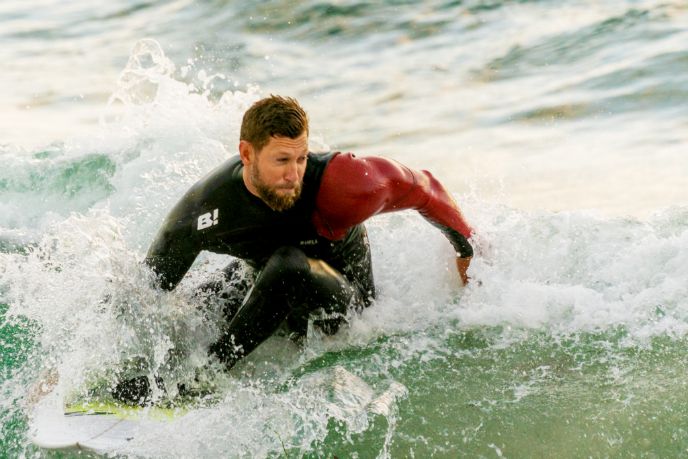
Tense your abs to increase the power of any strength training exercise. It’s called intra-abdominal pressure, and it’s where all strength originates. The pelvic floor is where we have our kegel muscles and sphincter muscles. We have the diaphragm at the top, the transversus abdominis acting as a girdle around the whole mid section, obliques on the sides, the quadratus lumborum in the back, and rectus abdominis in the front. There are other muscles in this area that contribute, but the ones I have mentioned are the leading players.
I remember reading in “The Naked Warrior,” Pavel talked about how you contract all of these muscles to increase the pressure in the stomach area. He said, “It’s like you are blowing up a balloon, and the balloon starts in the stomach and expands out to the arms or legs, depending on the exercise you are doing.”
When I was talking to a yoga instructor who mentioned her plethora of past injuries, I asked her about injury prevention. She said the number one way to prevent most injuries is to strengthen your core muscles.
I read an article a powerlifter wrote about improving his lifts. He said it took him a bit to figure it out, but when he started increasing his core strength, his lifts got way better. Most of these core suggestions are in our personal-training textbook as well. You can imagine if your core is like a tree trunk, you will be able to lift a lot of weight.
Pavel Tsatsouline also said to tense the glutes to increase any exertion. I think this is also part of increasing intra-abdominal pressure. When you squeeze the glutes you clamp the pelvic floor. I have followed Pavel’s advice, and it works.
Lifting
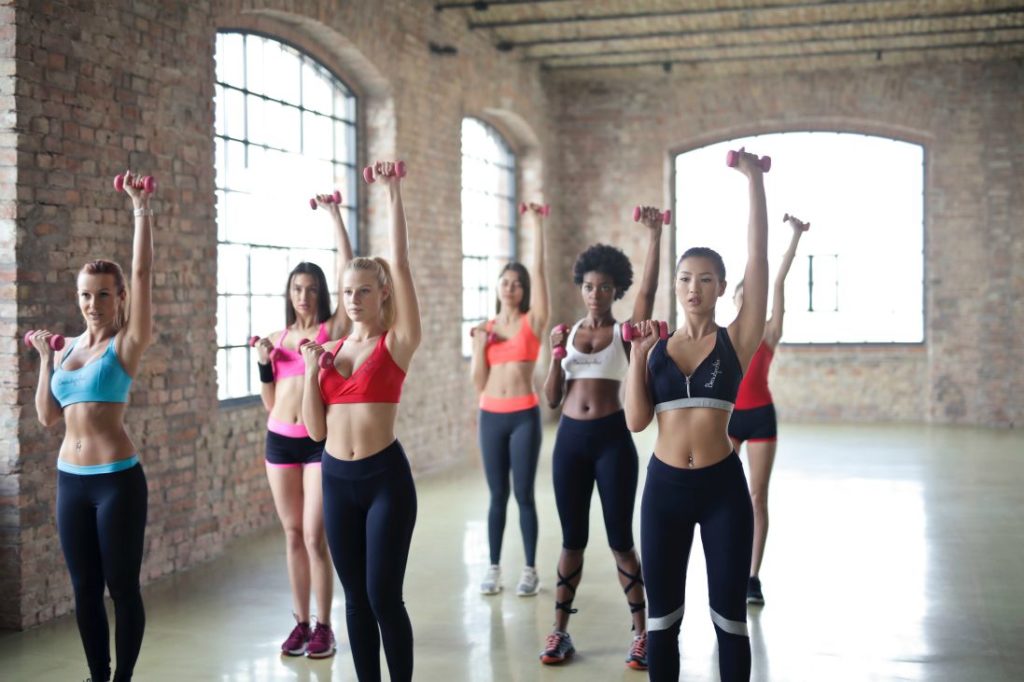
Pre-tense the muscles before lifting weight. Arm wrestlers do this. For example, during a deadlift, the bar should come off the floor as slow as possible; never jerk the bar up. Increase abdominal pressure; tighten pelvic floor, abs, and diaphragm. Feel the abdominal pressure first and then feel that tension radiate outwards from the middle of your body. Squeeze your grip strength and tense all the muscles before you start your lift.
Breathing in Strength Training
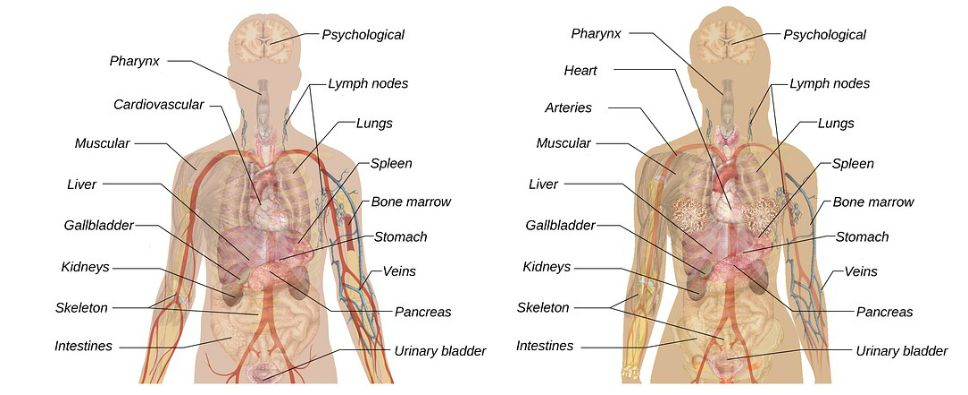
Are you the strongest when you are breathing in, breathing out, or holding your breath? The order is you’ll be your strongest while holding your breath. You’ll be weakest when breathing out. It comes back to the abdominal pressure required on every lift. It’s like bracing yourself when you are about to take a punch in the stomach. When you hold your breath you will be your strongest because you can clamp down with your core muscles the hardest.
When you take a breath before your lift, never exhale or inhale all the way; approximately 50%. If you breathe in too much, you won’t be able to brace, and if you breathe in too little, you will run out of oxygen.
I know this isn’t a program or strength training guide; that’s a whole separate article with a lot to it. That’s actually a book. I will write that book after the one I am writing now. Until then, if you need a program or details on strength training, you can contact me, and I will help you out.
I wish you lots of health, love and happiness!
Travis Wade
The only holistic personal trainer in Edmonton
Want To Get Started On A New Lifstyle Right Away?
Or
Would You Like A Plan To Achieve Your Fitness Goals?
Sign Up For Online Personal Training!

